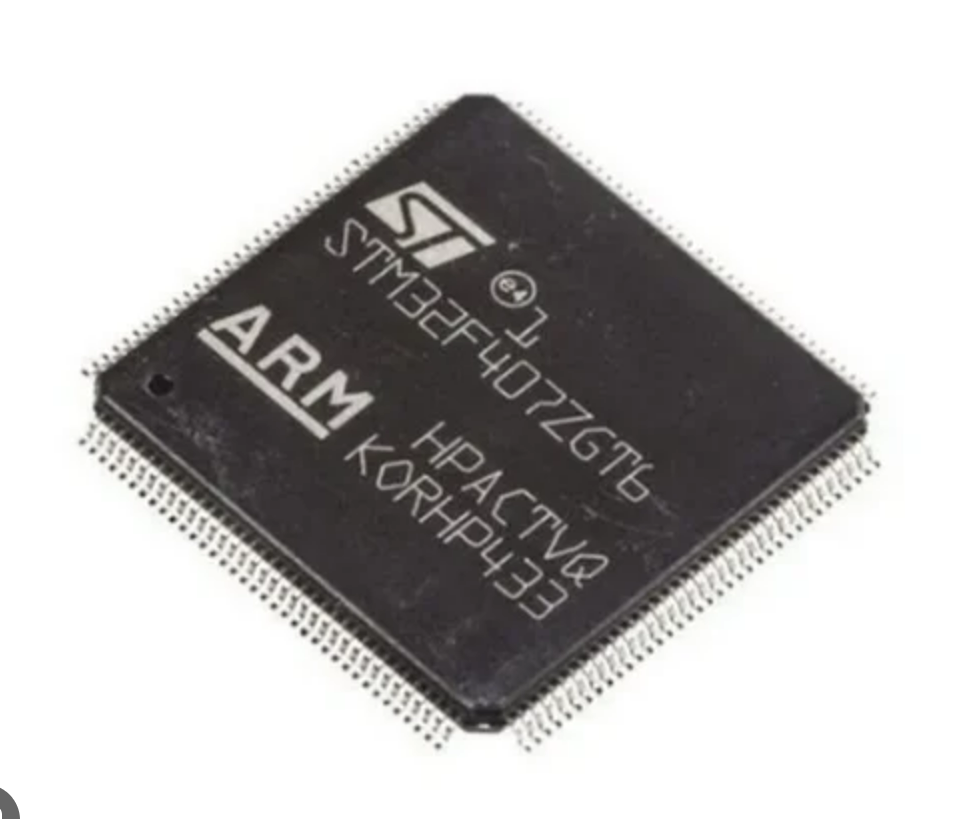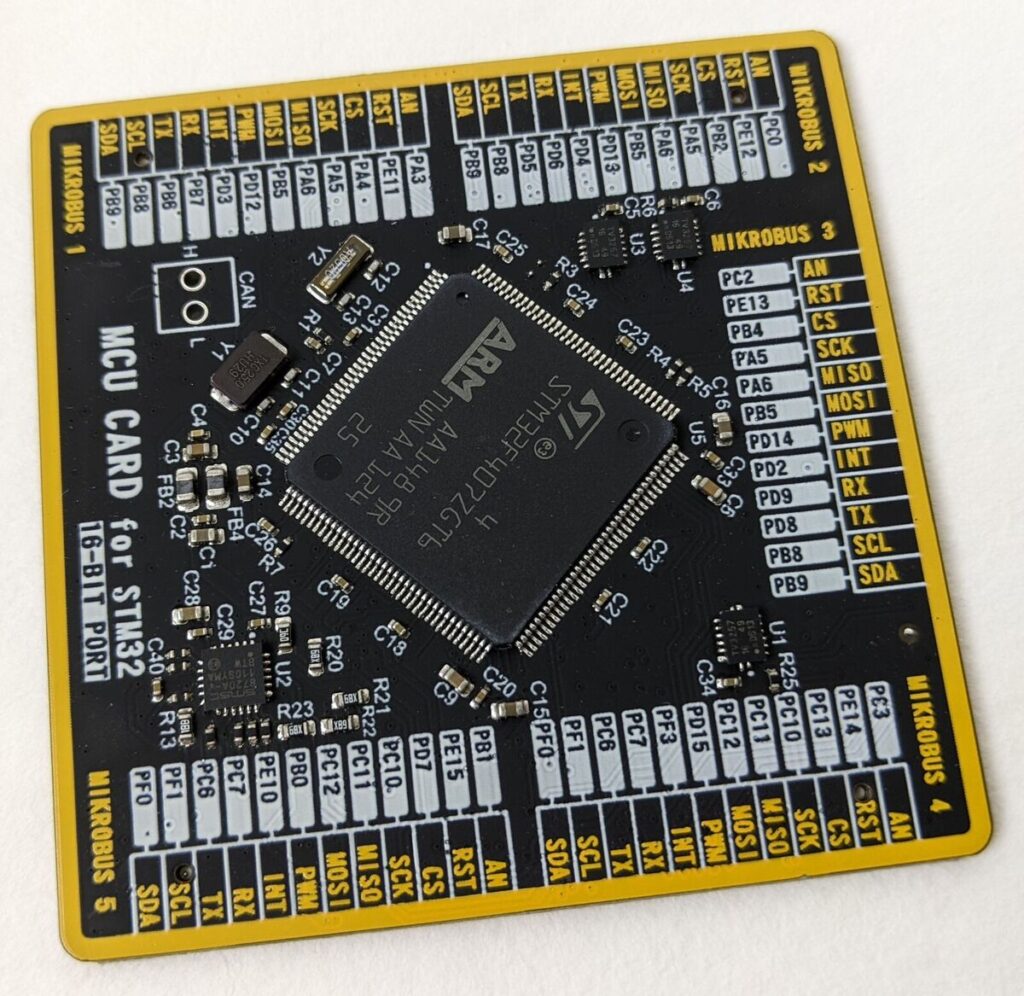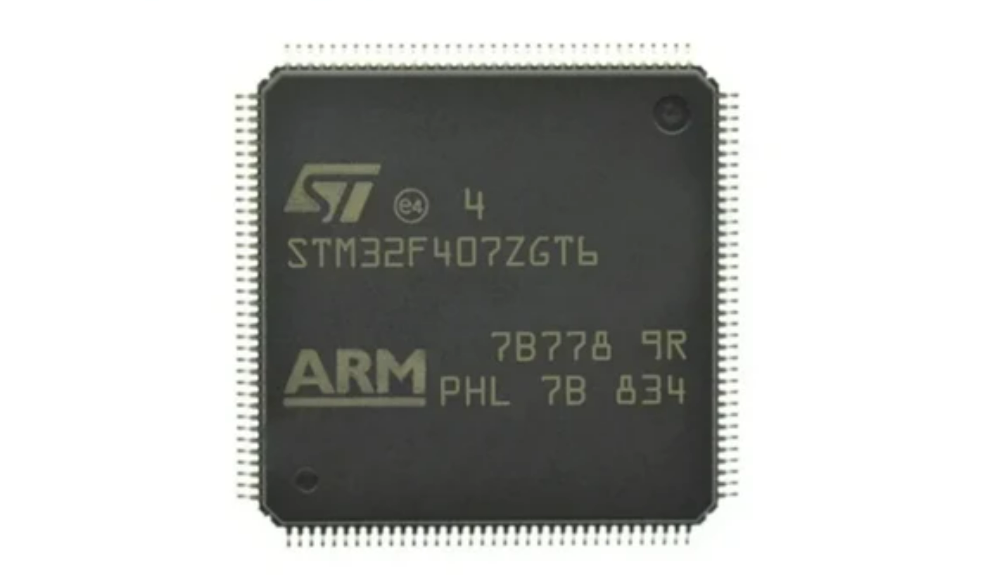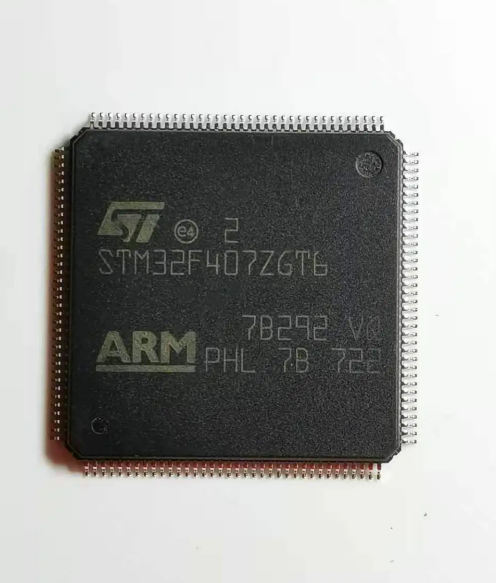Decrypt secured microprocessor STM32F407ZG Flash Memory
Decrypt secured microprocessor STM32F407ZG Flash Memory and dump embedded source code from locked microcontroller STM32F407ZG flash memory, the original binary program or heximal data can be recovered from locked MCU STM32F407ZG;

The ART Accelerator is a memory accelerator which is optimized for STM32 industry- standard Arm® Cortex®-M4 with FPU processors. It balances the inherent performance advantage of the Arm Cortex-M4 with FPU over Flash memory technologies, which normally requires the processor to wait for the Flash memory at higher frequencies.

To release the processor full 210 DMIPS performance at this frequency, the accelerator implements an instruction prefetch queue and branch cache, which increases program execution speed from the 128-bit Flash memory. Based on CoreMark benchmark, the performance achieved thanks to the ART accelerator is equivalent to 0 wait state program execution from Flash memory at a CPU frequency up to 168 MHz when hacking encrypted microprocessor stm32f407ig source code.
The memory protection unit (MPU) is used to manage the CPU accesses to memory to prevent one task to accidentally corrupt the memory or resources used by any other active task. This memory area is organized into up to 8 protected areas that can in turn be divided up into 8 subareas. The protection area sizes are between 32 bytes and the whole 4 gigabytes of addressable memory.

The MPU is especially helpful for applications where some critical or certified code has to be protected against the misbehavior of other tasks. It is usually managed by an RTOS (real- time operating system). If a program accesses a memory location that is prohibited by the MPU, the RTOS can detect it and take action. In an RTOS environment, the kernel can dynamically update the MPU area setting, based on the process to be executed.

The MPU is optional and can be bypassed for applications that do not need it. The STM32F40xxx devices embed a Flash memory of 512 Kbytes or 1 Mbytes available for storing programs and data, plus 512 bytes of OTP memory.

